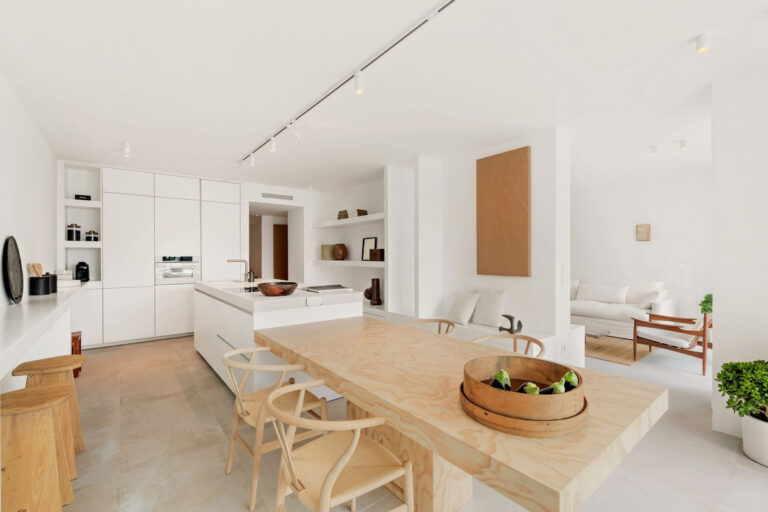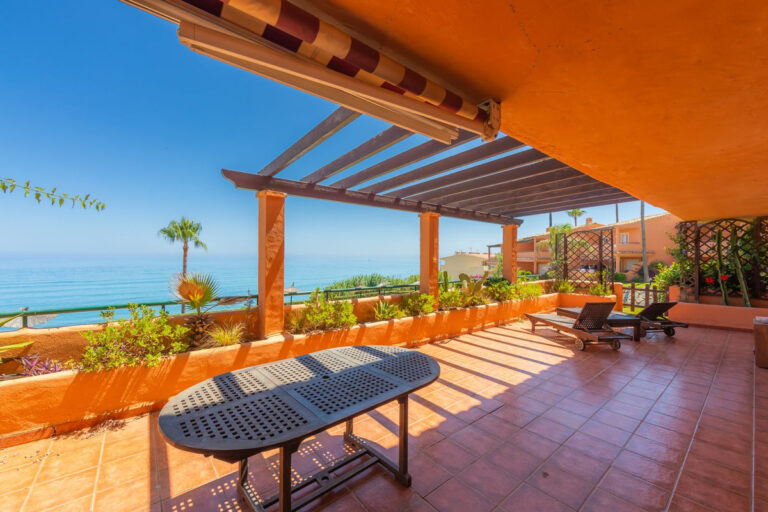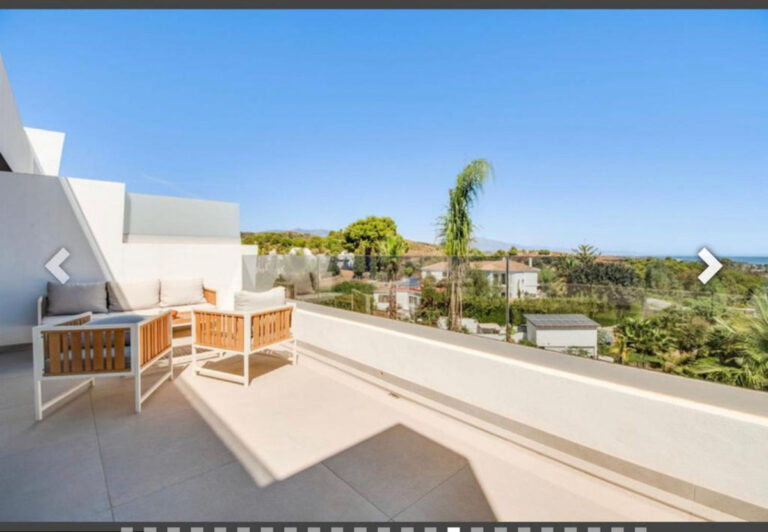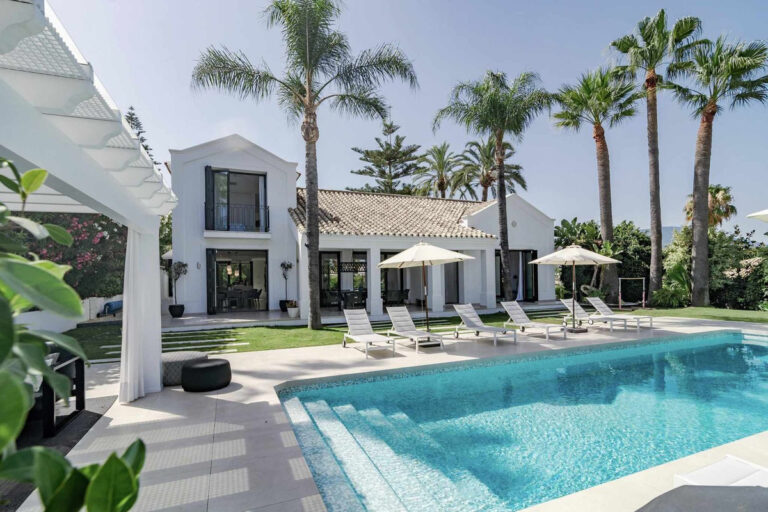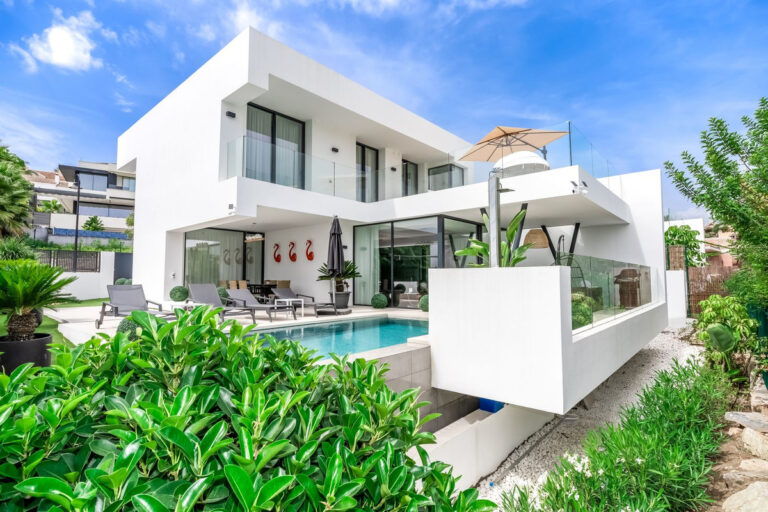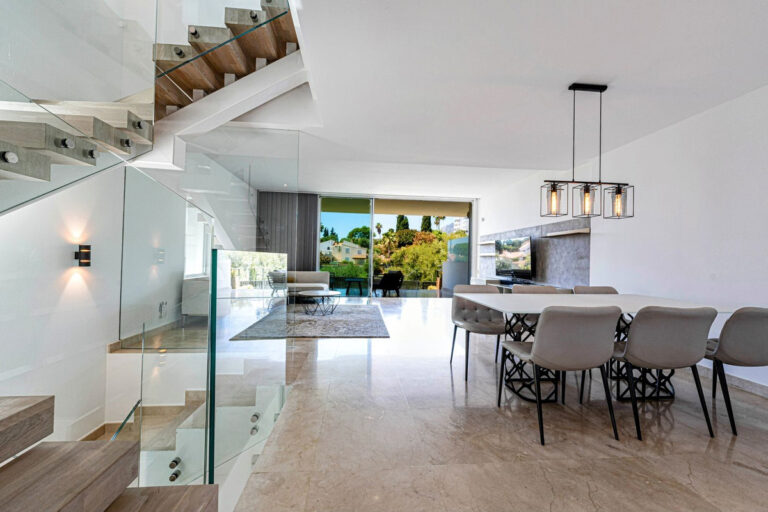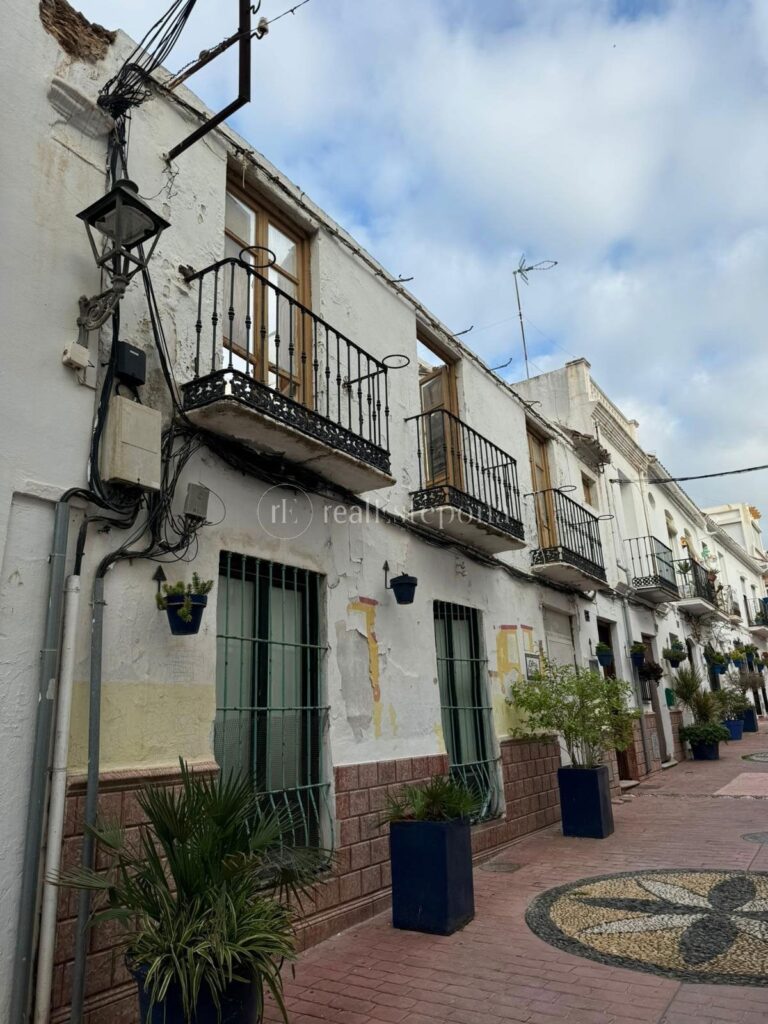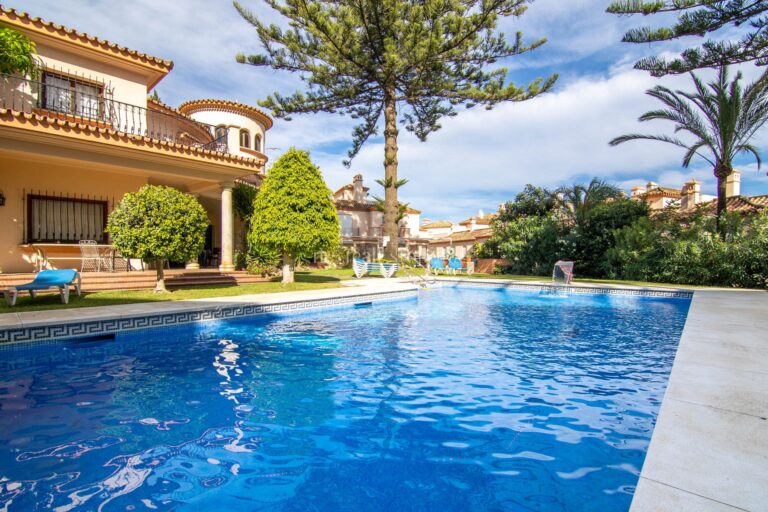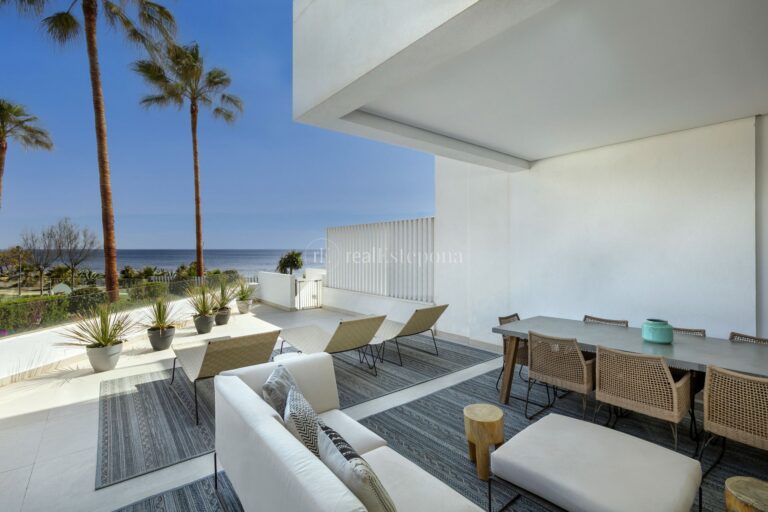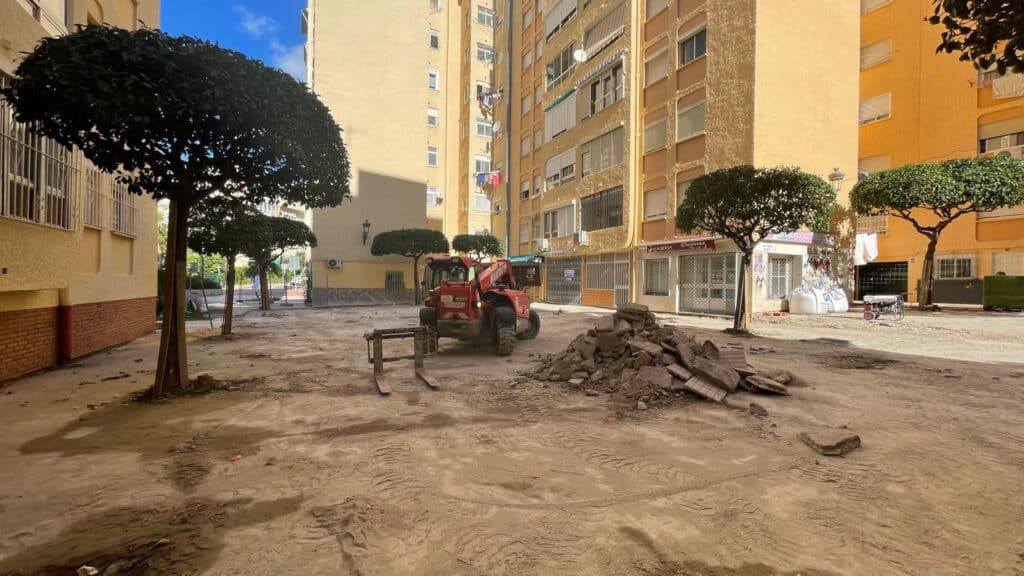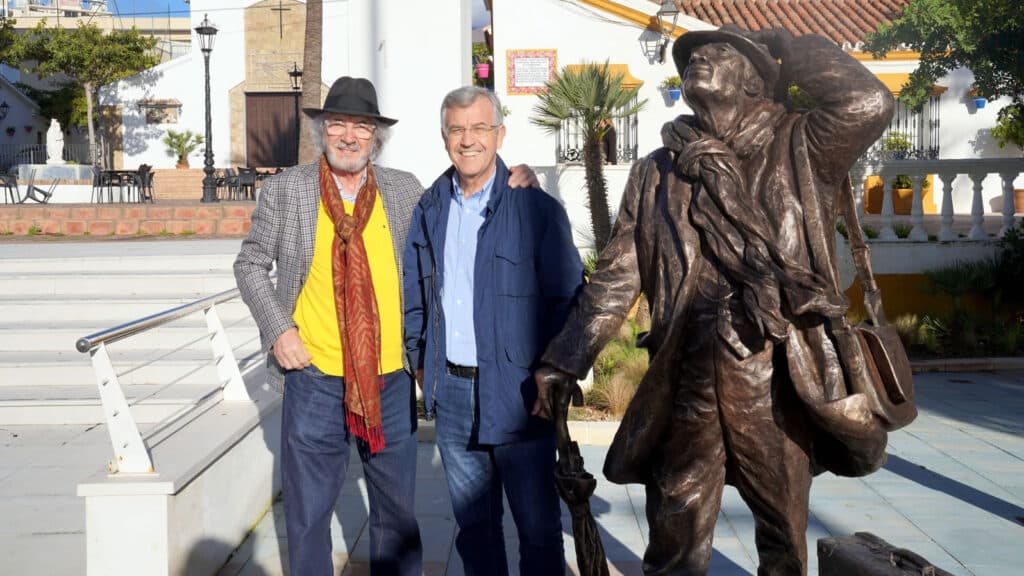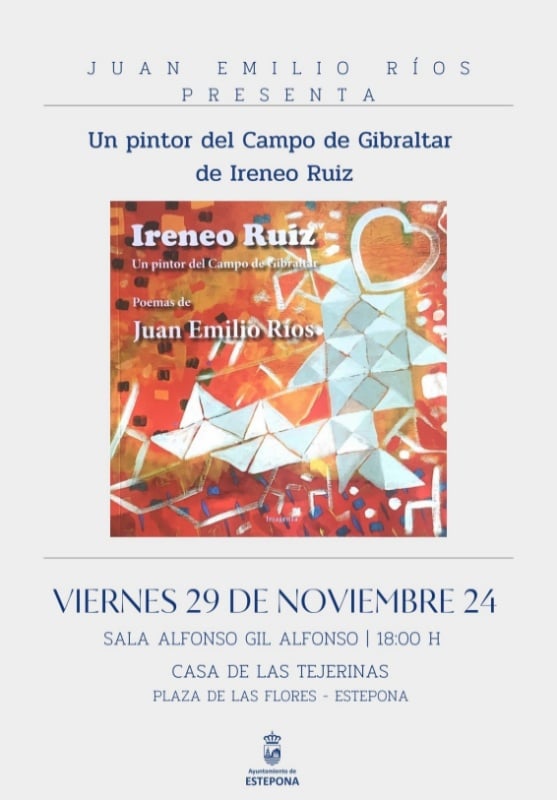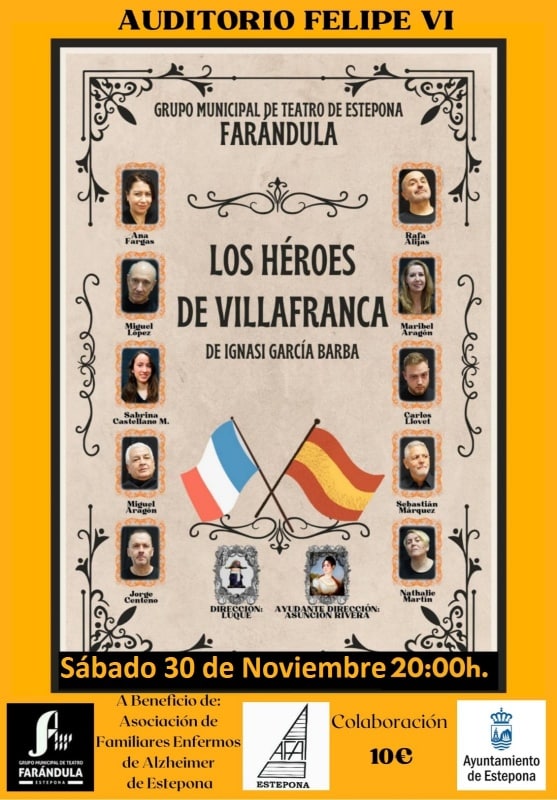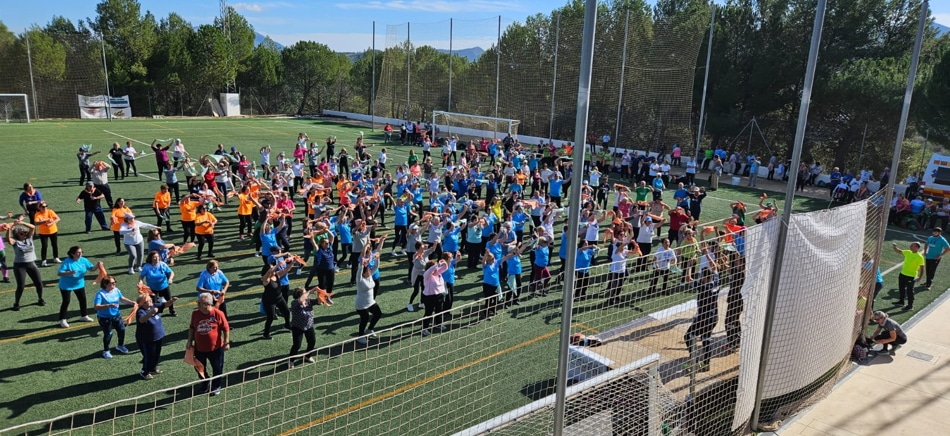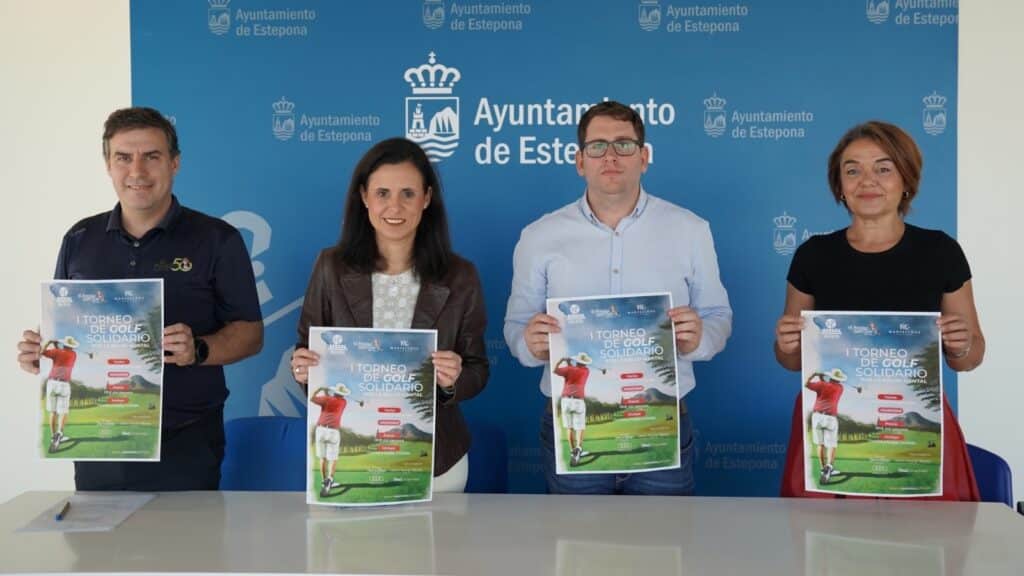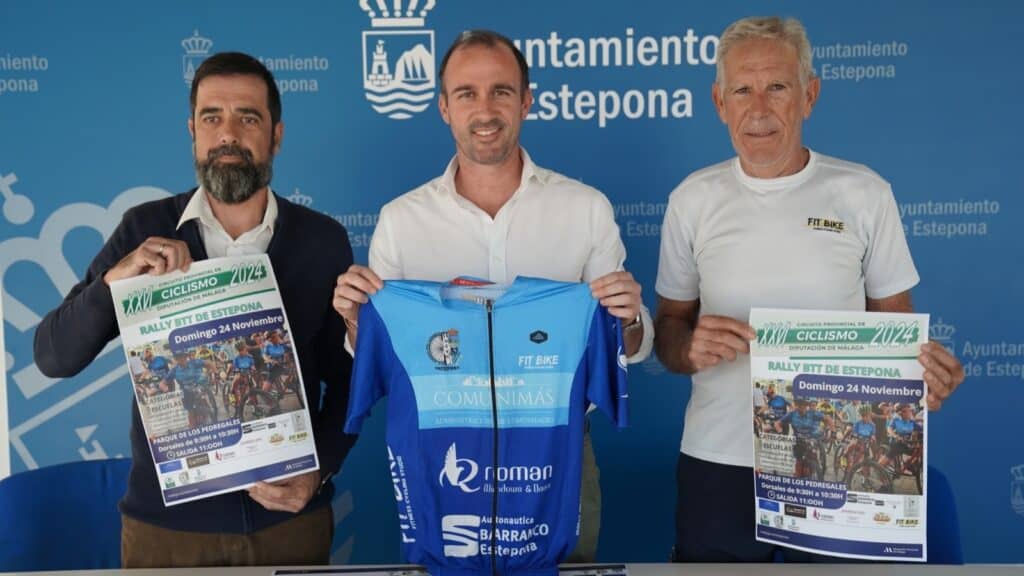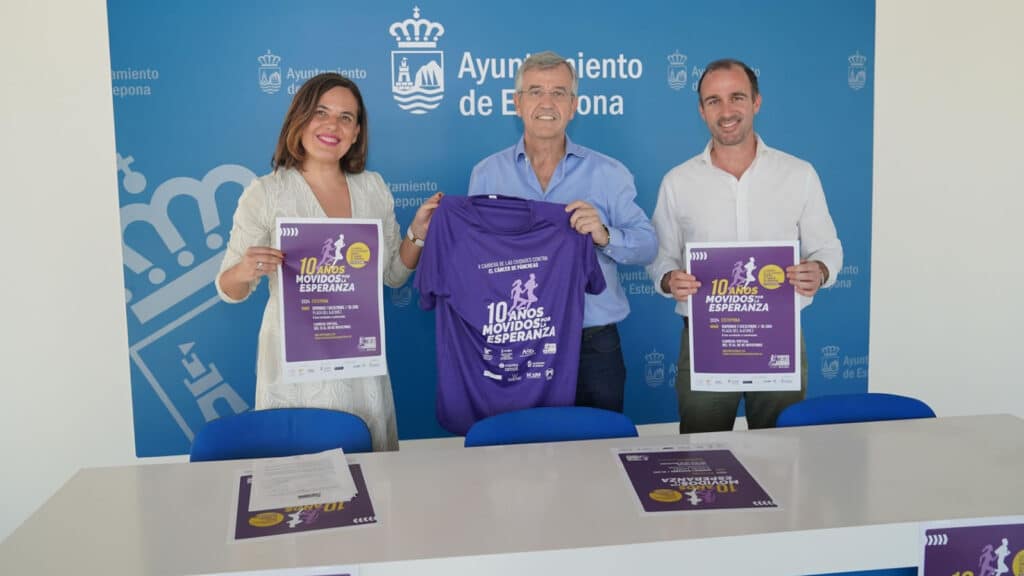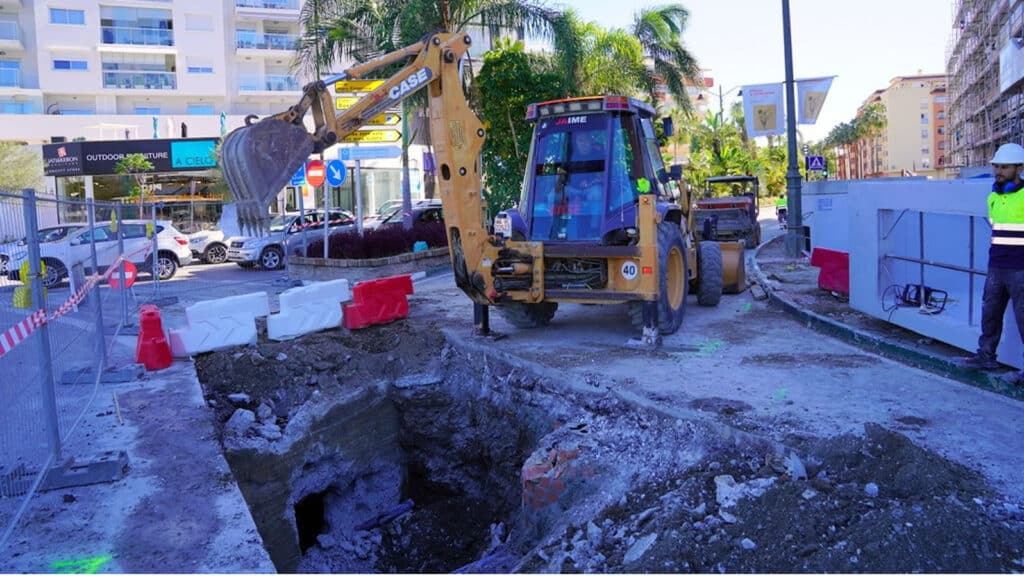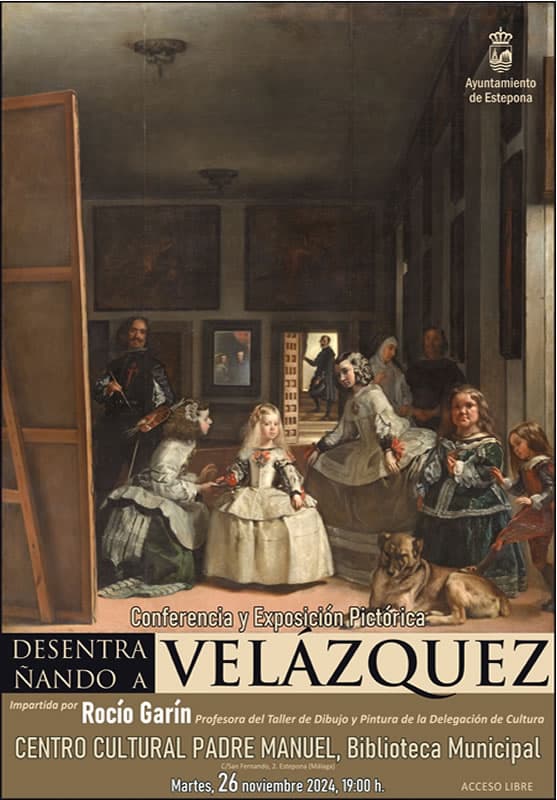New eight-story library at Mirador del Carmen opens for business
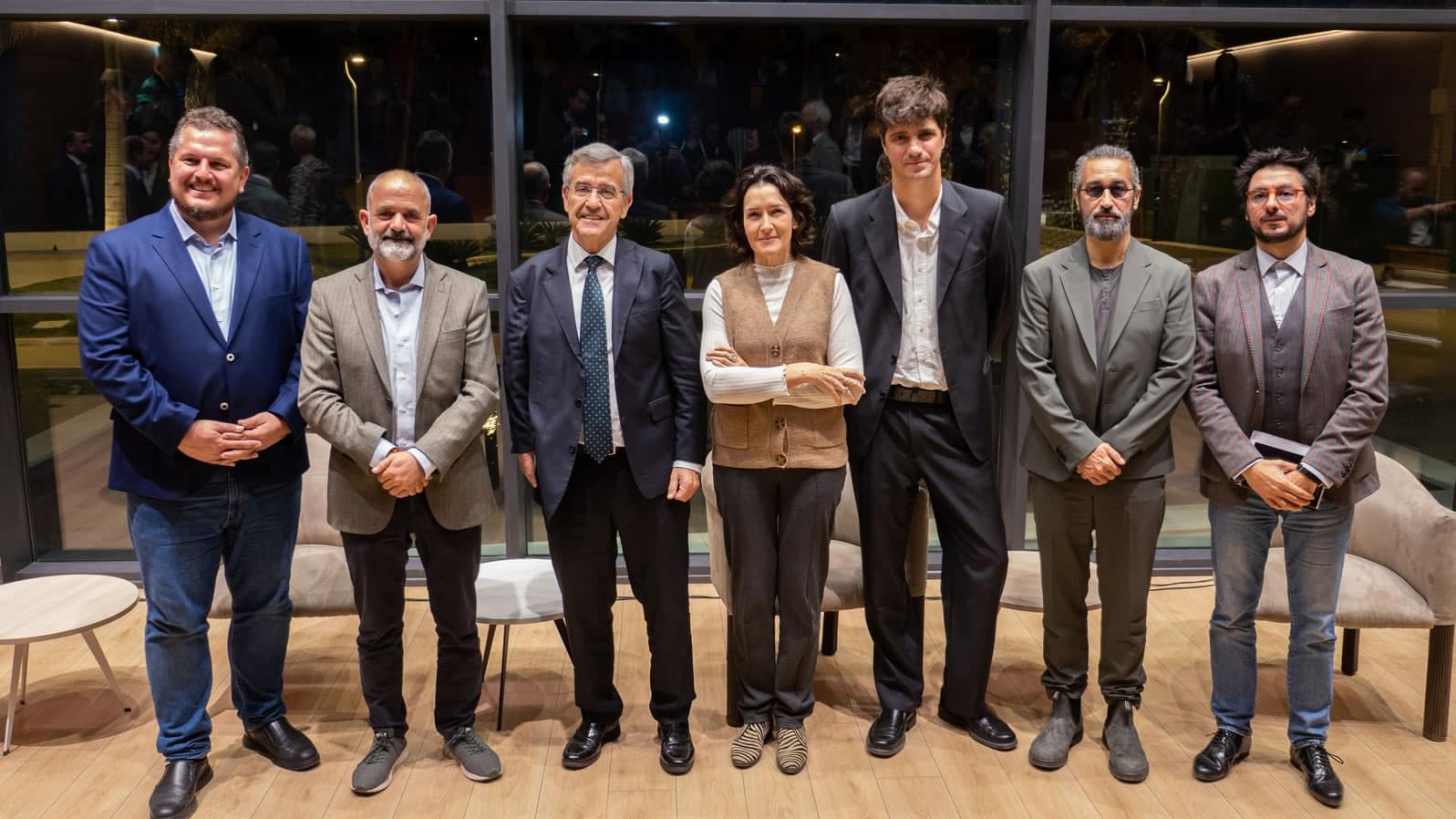
The center has the most advanced technology and bibliographic resources for all ages.
The Estepona City Council has opened the doors of the Library of Contemporary Cultures located on eight floors of the Mirador del Carmen Socio-Cultural Center. The space has been designed as a cross-cultural center, dynamic and oriented to the future and the needs of users. For this reason, it has been equipped with the most advanced technology and resources, so that its eight floors offer citizens a complete range of uses.
With the commissioning of the library, all the equipment planned for the Torre Mirador del Carmen is completed, complementing the auditorium, the exhibition hall and the Conservatory of Music.
The mayor of Estepona, José María García Urbano, recalled during the inauguration that this center was conceived “as something more than a traditional library, resulting in a multidisciplinary space for coexistence and designed for all ages”. The alderman has stressed the idea that “the only thing should be for everyone, and this is what guided the City Council when it was proposed to obtain for the city the plot where stands the Mirador del Carmen.
The opening of this cultural facility, the largest built so far in the municipality, has been attended by big names in culture as the filmmaker and former Minister of Culture, Ángeles González Sinde, the director general of the Botín Foundation, Íñigo Sáenz de Miera, and the writer and member of the Board of Trustees of the Antonio Gala Foundation, Ben Clark. The opening ceremony also included a recital by journalist and poet Antonio Lucas, and a concert by Alejandro Pelayo.
The library is designed for the user to live a unique experience when visiting it every day, so that it becomes an extension of their home, so that they can live the cultural and technological space. Thus, it has a studio for recording podcasts, voices, and radio programs; but also with an area of ‘makespace’ (new media, digital printing and digital scenery), workshop area, audiovisual room, ‘gamer’ area, virtual reality, spaces for ‘coworking’ work groups, and for initiation to robotics. It also has a documentation area specializing in the sea and the environment, with a specialized catalog on this subject.
The first two floors of the library are independent areas dedicated to children and young people, and are not connected to each other. From the third floor up to the eighth floor, they are connected by a staircase that creates an effect of space in height. Thus, the second floor, dedicated to the children’s area, is intended for children from 1 to 12 years of age. In the area there are children’s books cataloged according to age range, educational games, children’s cabins, and space for parents to be comfortable and work on the computer if they need to.
The second floor has been designed as the Future Zone, a multipurpose space for users between the ages of 13 and 18. It is a meeting room for teenagers to do group or individual work, study, read or watch audiovisual content. It is made up of seats connected to each other in the form of bleachers. On this floor there is a ‘gamer’ area, video games, virtual reality and a catalog of books of juvenile literature and comics. There are also tablets for digital consultation.
The third floor is dedicated to consultation and periodicals, with an area for reading, studying and resting. This room has a bookshelf/center of interest called New Expressions, which focuses on new contemporary narratives (literature, art, music and film).
The room dedicated to study and research is located on the 4th floor, specialized in sea and environment, with access to the digital and physical catalog specialized in this subject. On the fifth floor is the coworking area, a space that can be reserved by work groups, whether students, researchers or workers.
Floors 6 and 7 are study and workshop areas. They also have a tiered area where workshops, conferences and courses can be offered, which will be very sensitive to the different groups in the city, so that they can be used for social development.
The top floor of the library becomes a special space where audiovisual, cinema, music and radio will coexist, with a booth for podcast, voice and radio recordings. There will be seats with a built-in tablet so that the user can listen to music in a program that Spotify will design for the Mirador del Carmen, according to the programming of the exhibition hall and the conservatory.
The Library of Contemporary Cultures will have an initial opening hours from 9.00 to 14.00 and from 17.00 to 21.00 hours, Monday to Friday, although it will be extended in the near future.

